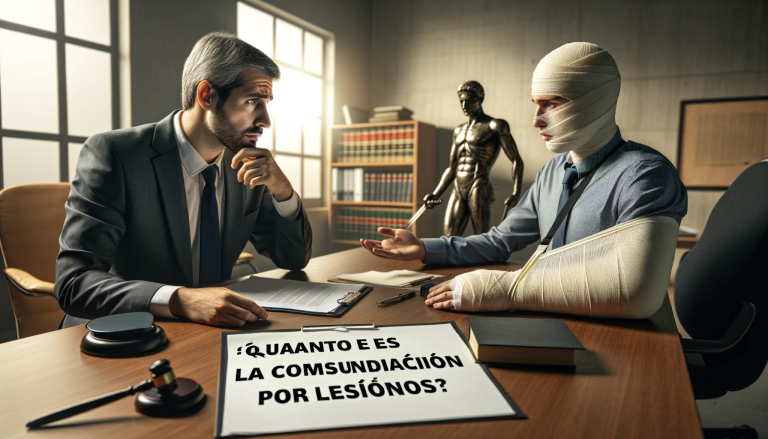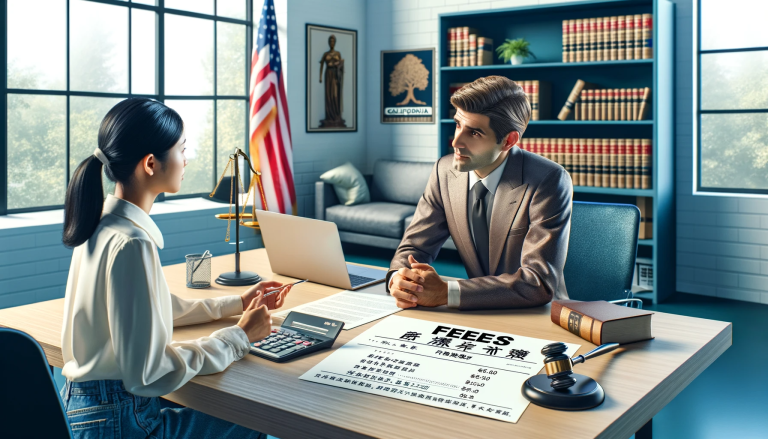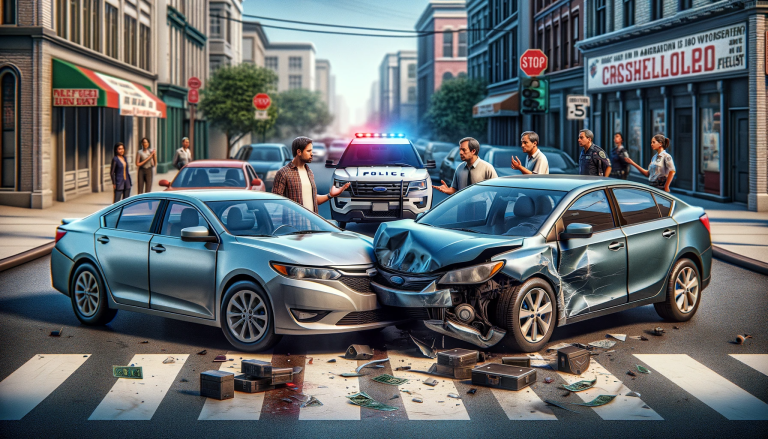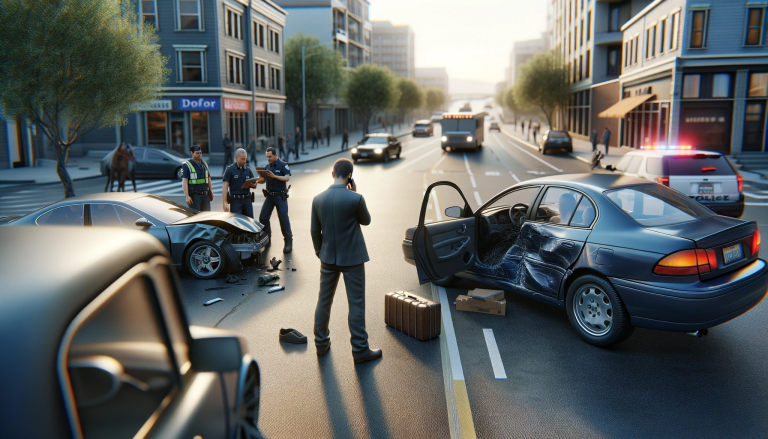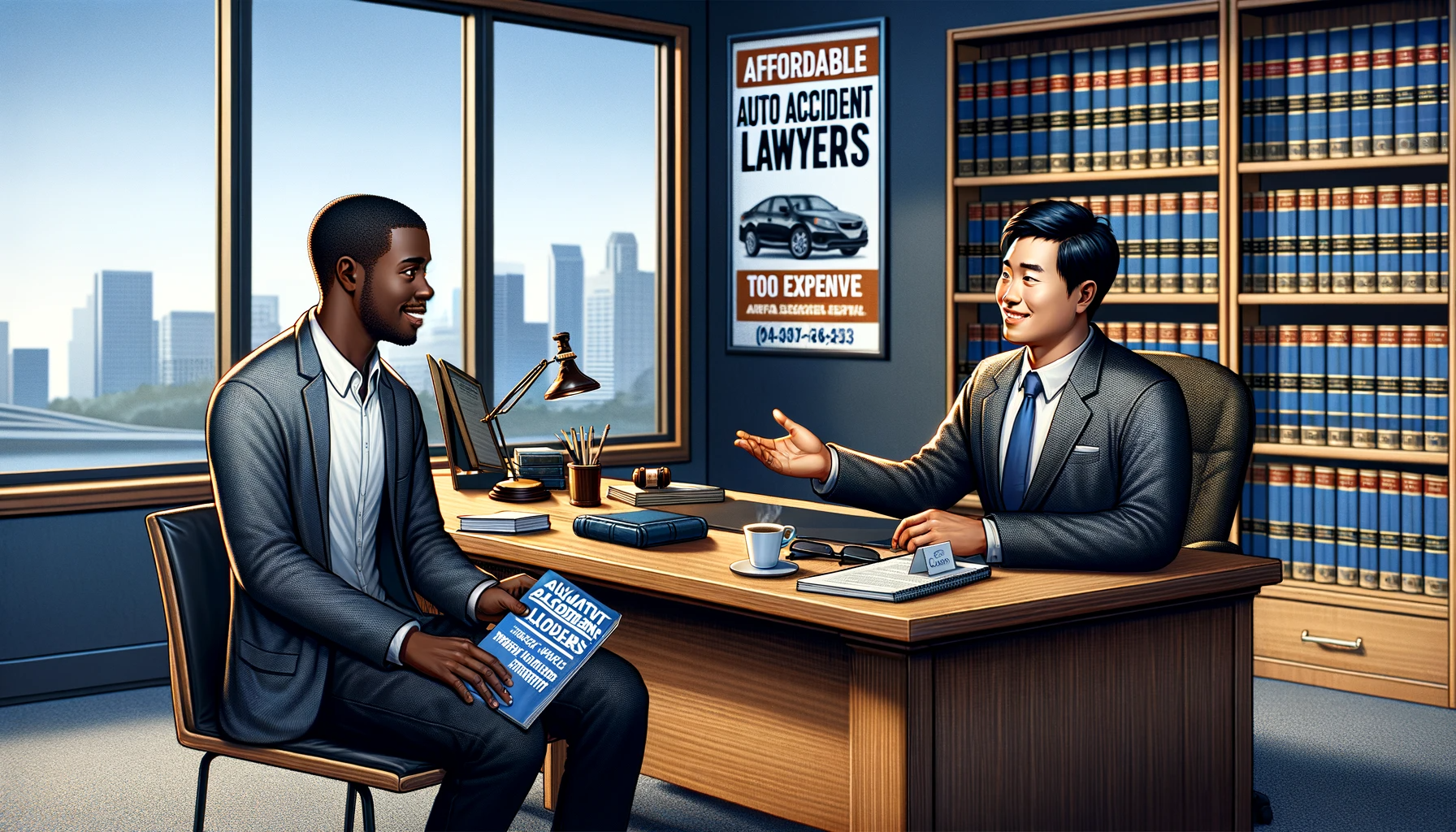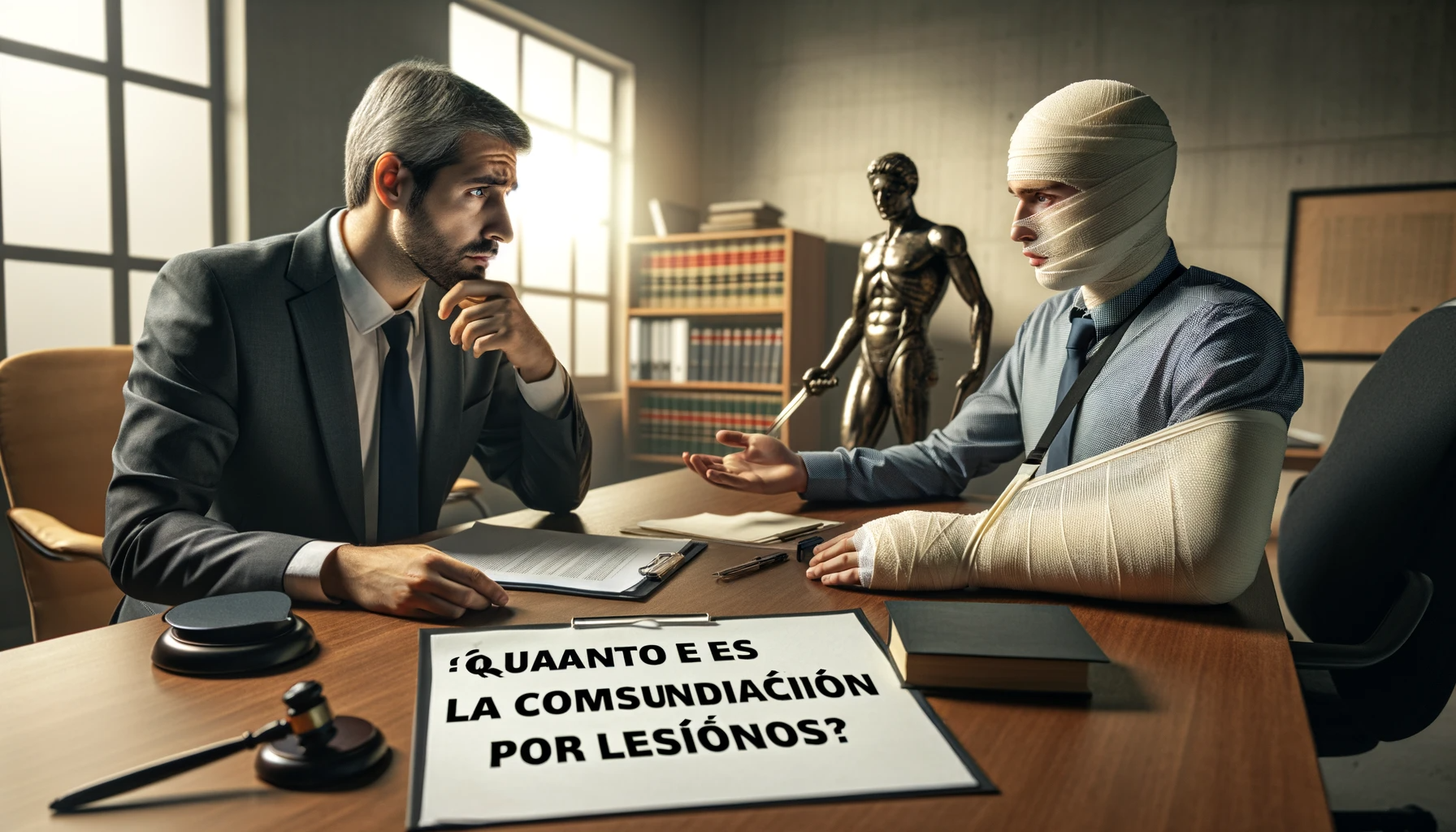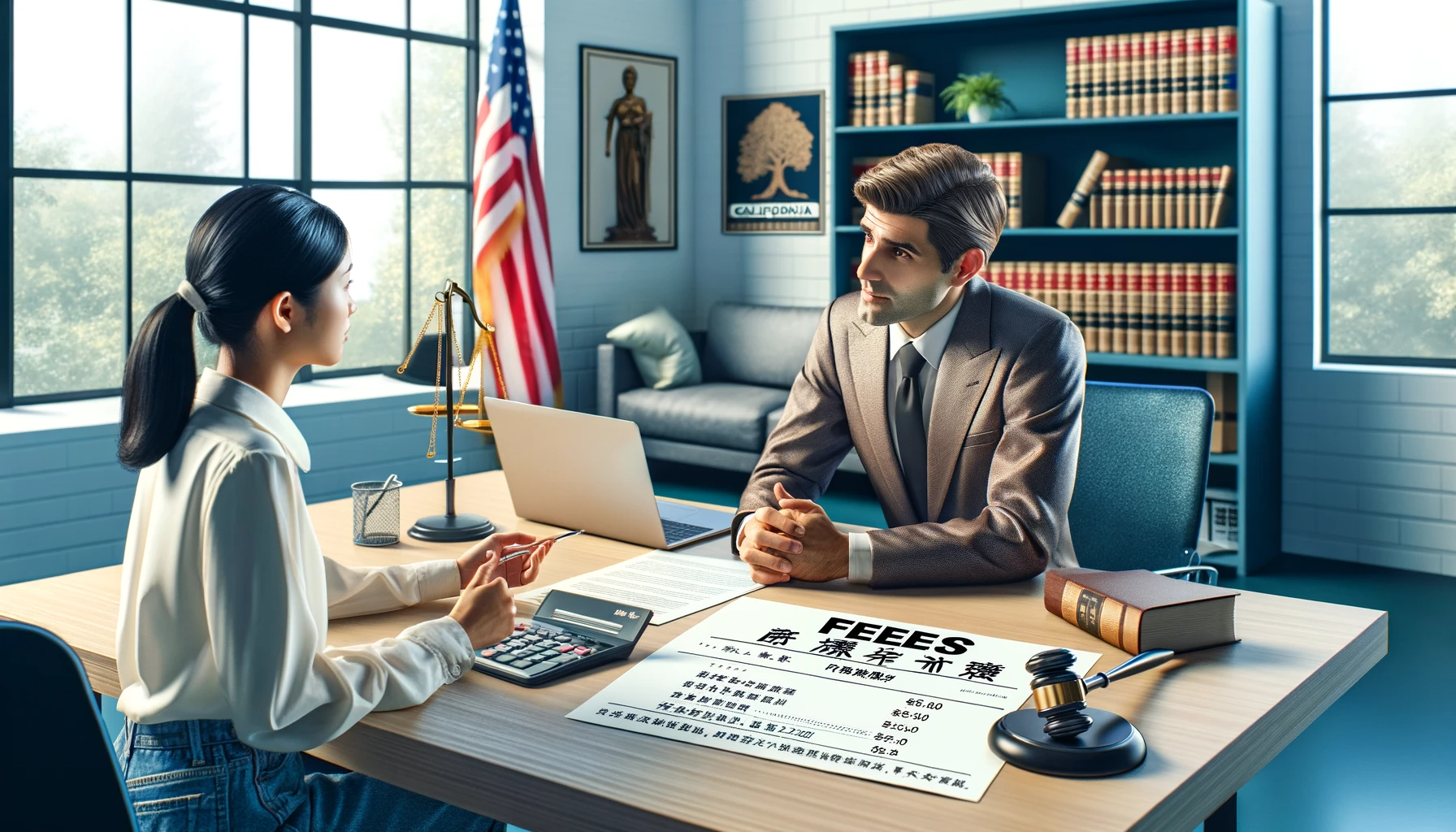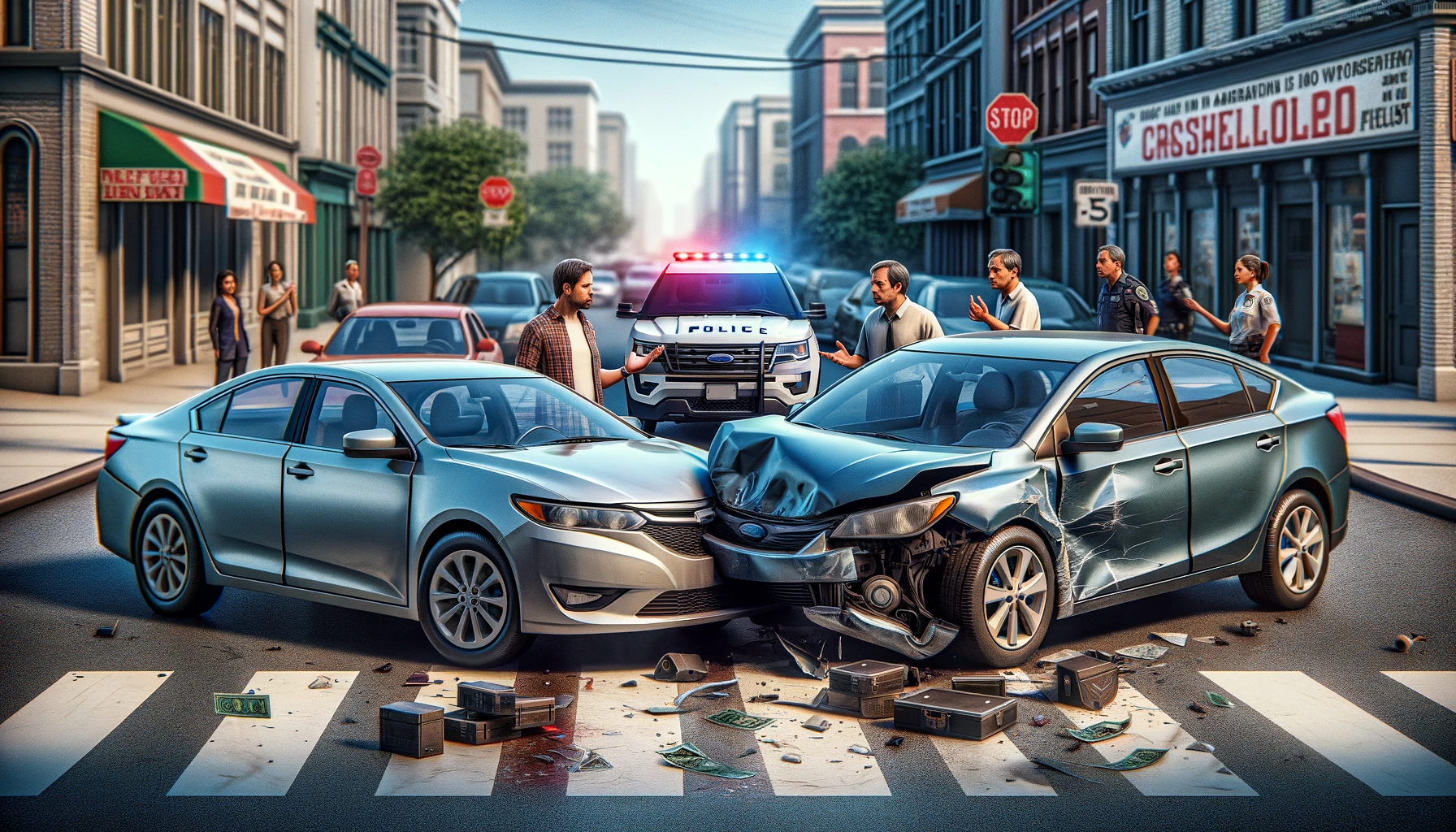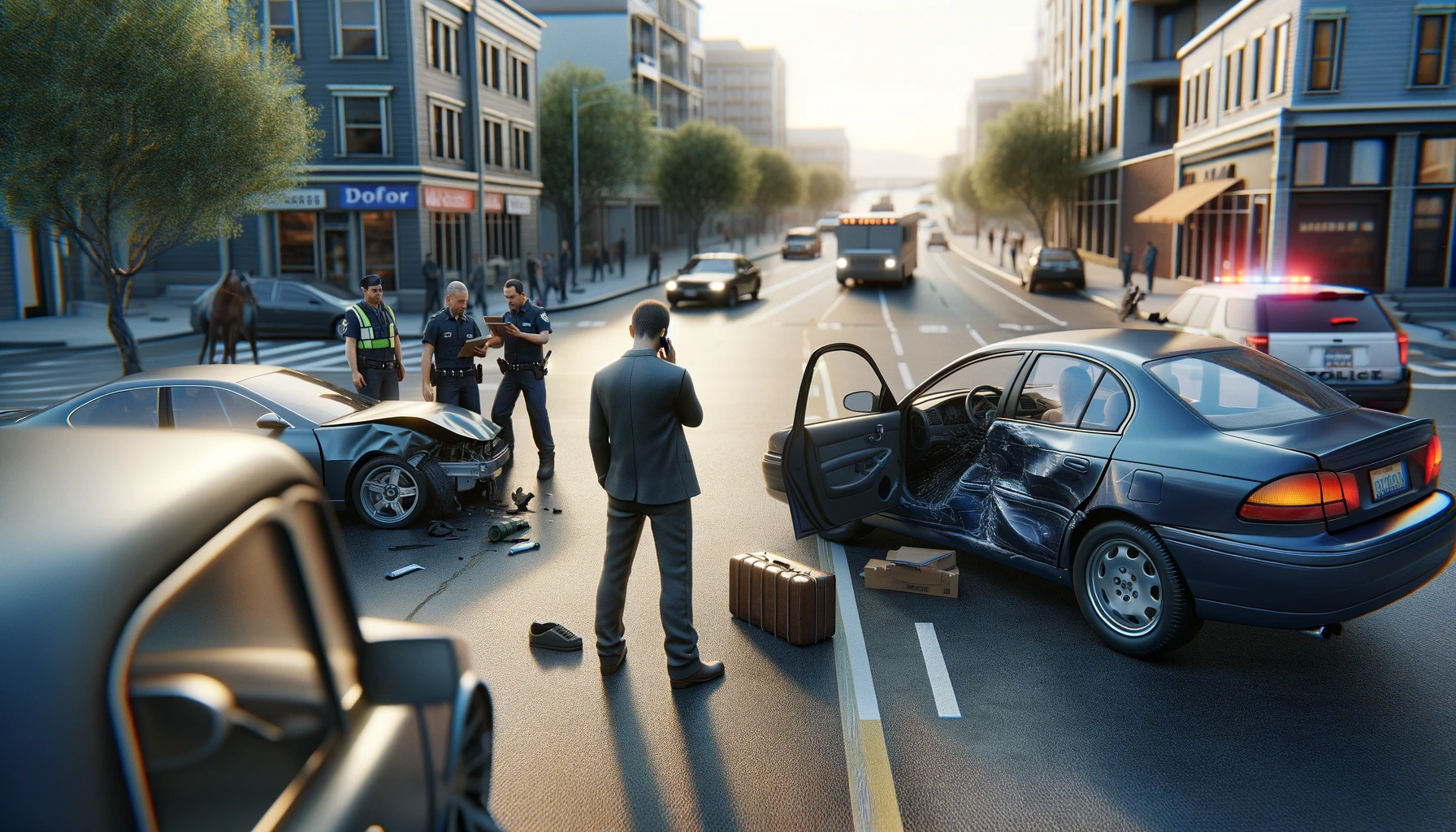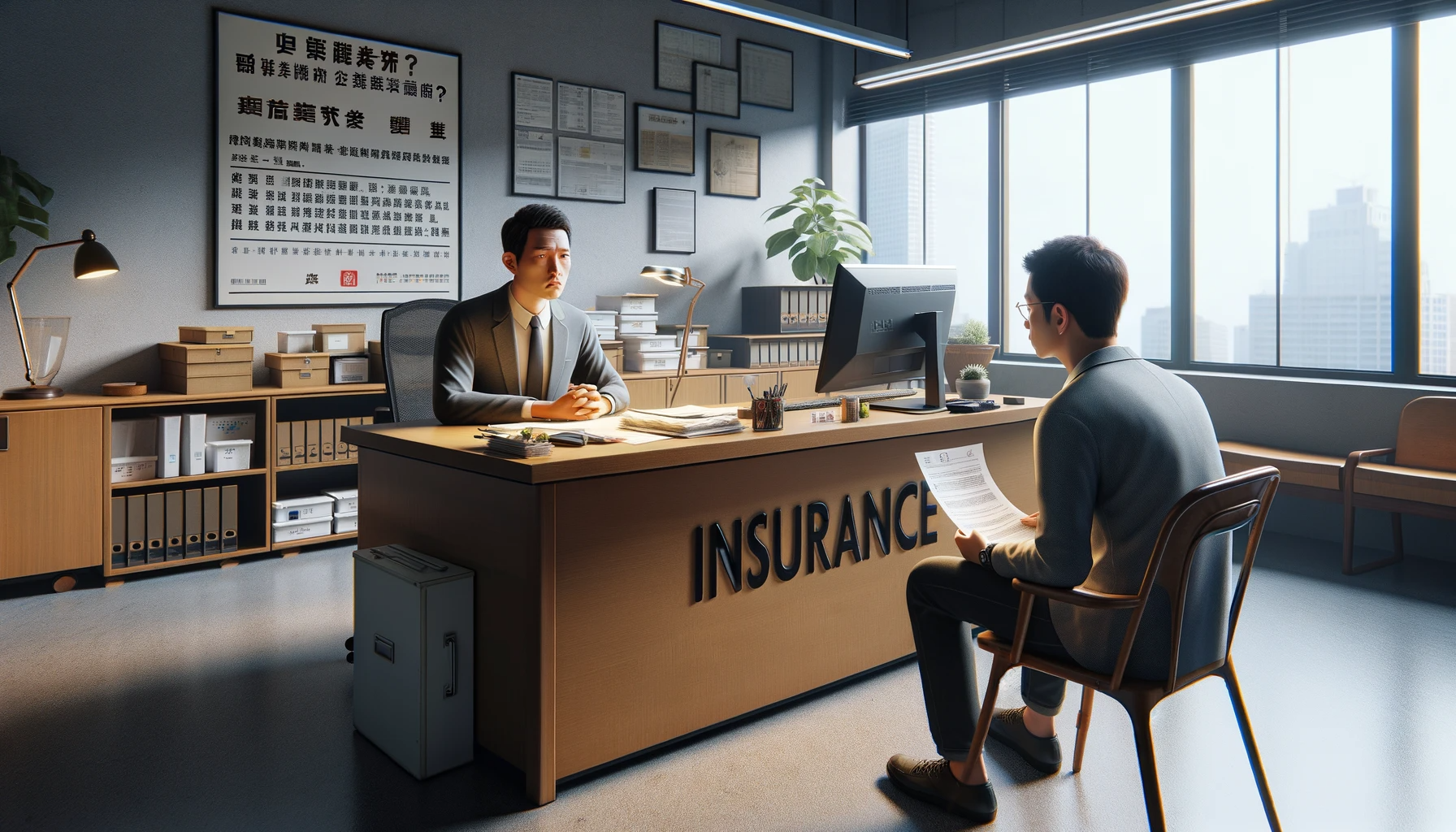Legal Resources: Who is Liable for Damages in a Car Accident?
Introduction
Car accidents are unfortunate events that can lead to significant financial and emotional stress. Understanding who is liable for damages in a car accident is crucial for protecting your rights and ensuring that you receive the compensation you deserve. This article will guide you through the complexities of car accident liability, offering a comprehensive overview of the legal landscape surrounding these incidents.
Understanding Liability in Car Accidents
Liability refers to the legal responsibility for one's actions or inactions. In the context of car accidents, liability determines who is at fault and, therefore, responsible for the damages. There are two main types of liability systems: fault and no-fault. In fault states, the driver who caused the accident is liable for damages. In no-fault states, each driver’s insurance covers their own damages, regardless of who caused the accident.
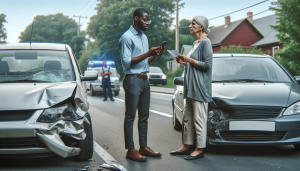
Determining Fault in Car Accidents
Determining fault in a car accident involves several factors.
Police reports are one of the most critical pieces of evidence. When police arrive at the scene, they document their findings and may even issue citations.
Eyewitness accounts can also provide valuable information about the events leading up to the accident. Additionally, understanding
traffic laws and regulations is essential, as violations often indicate fault.
Different types of car accidents can influence how liability is determined:
- Rear-end collisions: Typically, the driver who rear-ends another vehicle is at fault.
- T-bone accidents: Fault is usually determined based on which driver failed to yield or ran a red light.
- Multi-vehicle pile-ups: Liability can be complex, often involving multiple drivers and factors.
Factors Affecting Liability
Several factors can affect liability in car accidents:
- Speeding: Excessive speed can lead to loss of control and accidents, increasing liability.
- Distracted driving: Activities like texting or eating while driving can significantly impact liability.
- Driving under the influence: DUIs are a severe violation and often result in automatic liability for any accidents caused.
Insurance and Liability
Auto insurance plays a crucial role in covering damages resulting from car accidents. Different types of coverage, such as liability, collision, and comprehensive insurance, provide varying levels of protection. Insurance companies determine fault through their investigations, which include reviewing police reports, statements, and other evidence.
Legal Proceedings in Car Accident Cases
When an agreement cannot be reached with insurance companies,
legal proceedings may be necessary. This process begins with filing a lawsuit. The
discovery process allows both parties to gather evidence and build their cases. Many cases are settled out of court, but some proceed to
trial, where a judge or jury determines fault and awards compensation.
Role of Legal Professionals
Hiring an experienced
attorney is crucial in navigating the complexities of car accident liability. A lawyer can help gather evidence, negotiate with insurance companies, and represent you in court. When choosing a lawyer, consider their experience, track record, and client reviews.
Comparative and Contributory Negligence
Comparative negligence allows for the possibility that multiple parties can share fault, with compensation adjusted based on each party’s degree of fault. In contrast,
contributory negligence can bar a party from recovering damages if they are found to be even slightly at fault.
Special Cases in Car Accident Liability
Certain scenarios present unique challenges in determining liability:
- Accidents involving pedestrians: Drivers are often presumed at fault unless evidence suggests otherwise.
- Bicycle accidents: Similar to pedestrian cases, with a focus on whether the driver followed traffic laws.
- Accidents with uninsured or underinsured drivers: Your own insurance policy may provide coverage in these situations.
Knowing the proper steps to take after an accident can protect your interests:
- Immediate actions: Ensure safety, check for injuries, and move vehicles out of traffic if possible.
- Gathering evidence: Take photos, collect contact information, and document the scene.
- Reporting the accident: Notify the police and your insurance company promptly.
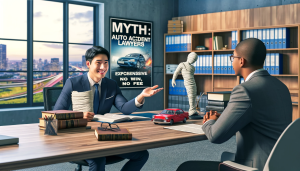
Compensation for Damages
Compensation for car accident damages can include:
- Economic damages: Medical bills, repair costs, lost wages.
- Non-economic damages: Pain and suffering, emotional distress.
Calculating compensation involves reviewing medical records, repair bills, and other documentation.
Impact of Car Accident Liability on Future Insurance
Car accident liability can significantly impact your future
insurance premiums. At-fault accidents often lead to increased rates or policy cancellations. However, taking defensive driving courses and maintaining a clean driving record can help mitigate these effects.
Prevention is key to avoiding car accidents and liability. Practicing
safe driving habits, performing regular
vehicle maintenance, and taking
defensive driving courses can reduce the risk of accidents.
Conclusion
Understanding who is liable for damages in a car accident is essential for navigating the aftermath of such events. By knowing your rights and the legal processes involved, you can better protect yourself and seek the compensation you deserve. Stay informed, drive safely, and seek professional legal advice when necessary.
Look for an attorney who has the right legal resources for your legal needs.
Contact us here on the
Warmuth Law website or through our hotline 888-517-9888.
Frequentl Asked Question(FAQ's)
1. What should I do immediately after a Car accident?
- Ensure your safety, check for injuries, and move vehicles out of traffic if possible. Document the scene, gather evidence, and report the accident to the police and your insurance company.
2. How is fault determined in a car accident?
- Fault is determined through police reports, eyewitness accounts, traffic laws, and insurance company investigations.
3. Can I sue if I'm partially at fault for the accident?
- Yes, in comparative negligence states, you can sue even if you are partially at fault. Your compensation will be adjusted based on your degree of fault.
4. What happens if the other driver is uninsured?
- Your own insurance policy may provide coverage through uninsured motorist coverage. You can also sue the uninsured driver, although collecting compensation may be challenging.
5. How can I reduce my insurance premiums after an accident?
- Taking defensive driving courses, maintaining a clean driving record, and shopping around for better rates can help reduce your premiums.




